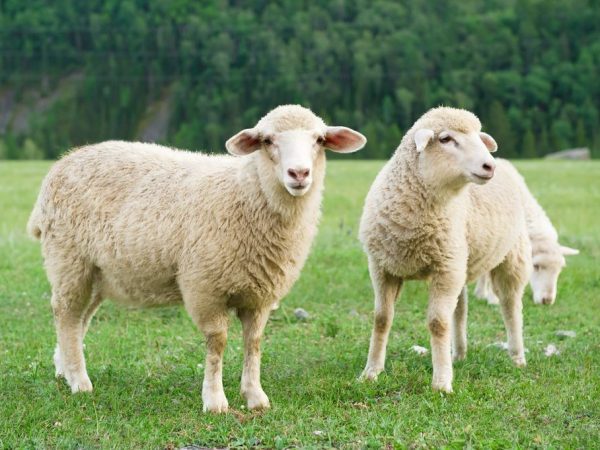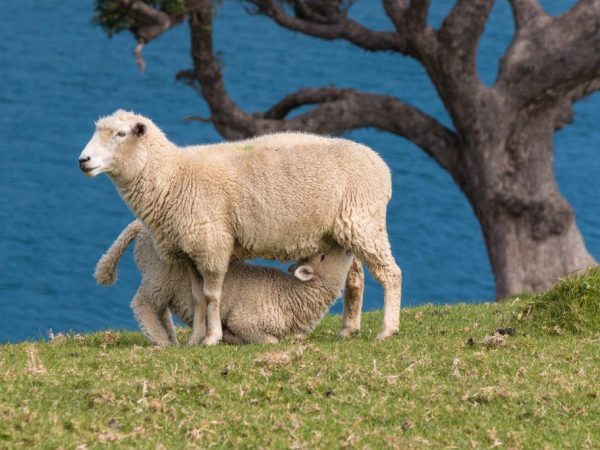Description of the Qigai breed of sheep
The Tsigai breed of sheep is one of the most ancient of all existing today. She appeared in Asia Minor, her progenitors were thin-haired sheep. This breed appeared on the territory of Russia in 1914, it was brought here from the Balkan Peninsula. Qigai sheep are divided into 2 subspecies: wool-meat and meat-wool.

Characteristics of the sheep of the Tsigai breed
Descriptive characteristics
Sheep of the Tsigai breed are mainly white. They are quite large in size, with a strong and sturdy constitution, however, in general, the animal looks harmonious.
The body of the sheep is strong, the body is characterized by compact size, medium length and wide bone. The bones of the neck and sacrum are quite wide, as can be seen in the photo. The tail is long and thin, with 18 to 23 vertebrae present. The hind and front legs are correct, they are distinguished by their strength, the hooves are characterized by strength.
When lambs of this breed are born, folds are present on their skin, which disappear as the individuals mature. An adult of the variety has elastic, dense skin that no longer has folds. The wool of such sheep is distinguished by its elasticity, uniformity, density, strength, it practically does not fall off.
Productivity characteristics
An adult uterus weighs between 40 and 45 kg. The weight of an average ram varies from 75 to 85 kg. There are also especially large rams, the weight of which is up to 110 kg. In terms of fertility, 100 sheep can produce 120 to 140 lambs.
This variety is distinguished by its early maturity, it has excellent feeding characteristics.
The characteristics of milk productivity do not suffer here either: they are very high. After the lambs are weaned from the uterus, the fat content of the milk is 7-8%. During the lactation period, you can get 110-120 kg of this product.

Productivity of the Qigai sheep breed
Very tasty and healthy dairy products are obtained from sheep's milk: feta cheese, expensive cheeses, including Roquefort, pecarino, rocked.
The meat of the species is also distinguished by its high taste characteristics. Beautiful products are made from the wool of these individuals.
Where the breed is bred
Such sheep are raised by such countries as Romania, Yugoslavia, Poland, Australia, Turkey, Kazakhstan, Ukraine.
If we talk about Russia, then this breed can be found in the Orenburg and Aktobe regions.
Advantages and disadvantages of the breed
The advantages of the described variety include the following:
- picky about the conditions of detention;
- resistance to any climate.
Speaking about the shortcomings of the Tsigai lamb, we can say that it feels uncomfortable when kept in a stall. In order to graze fully, it needs pasture, which cannot be used as a low-lying meadow or a piece of forest. The fact is that in such areas these animals become infected with worms that affect their liver and lungs.
If these sheep do not have enough minerals in their diet, their bones will become brittle.In the autumn-winter period, it is better to keep these animals in sheepfolds: the Tsigai sheep can be harmed by strong downpours and frosts.


